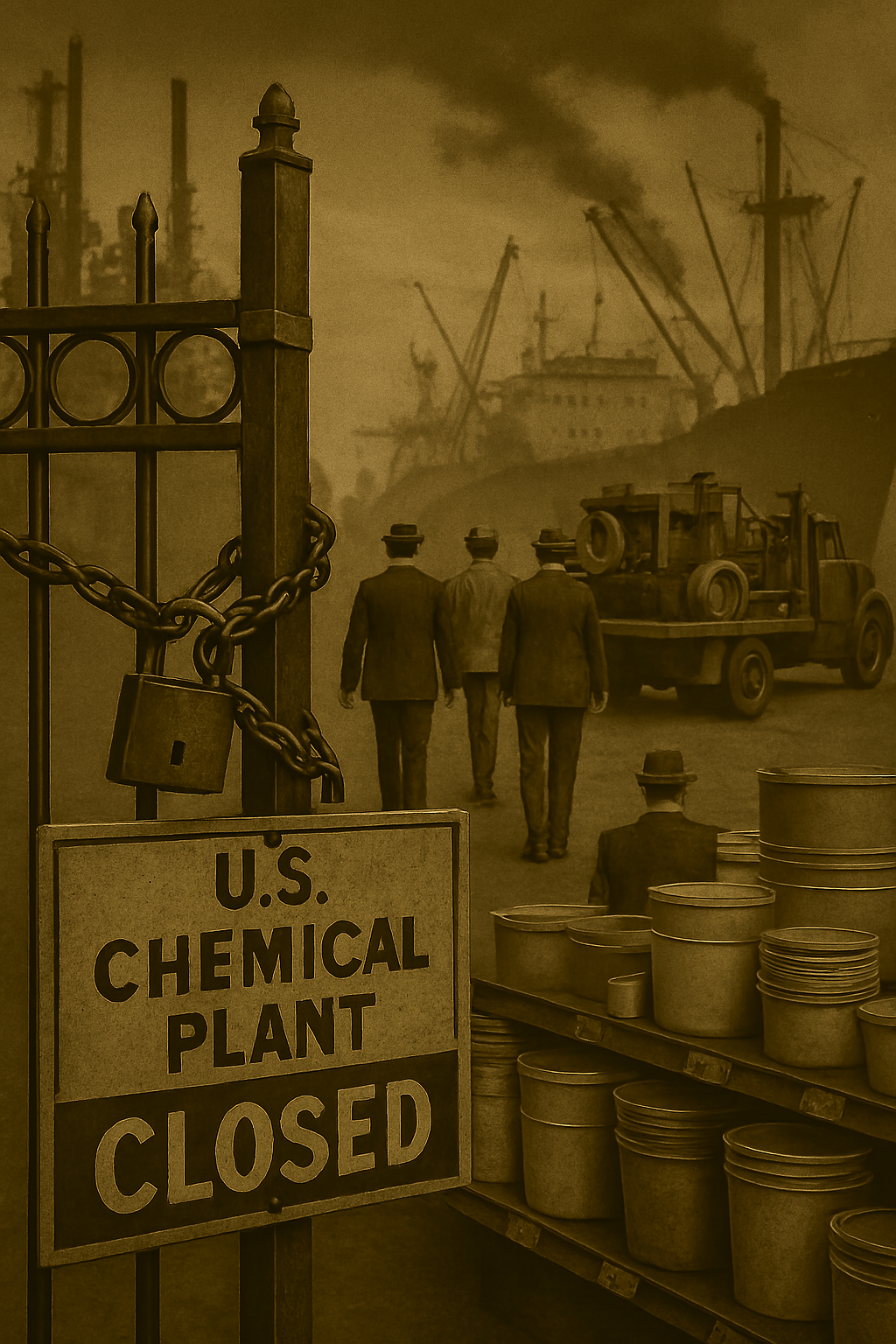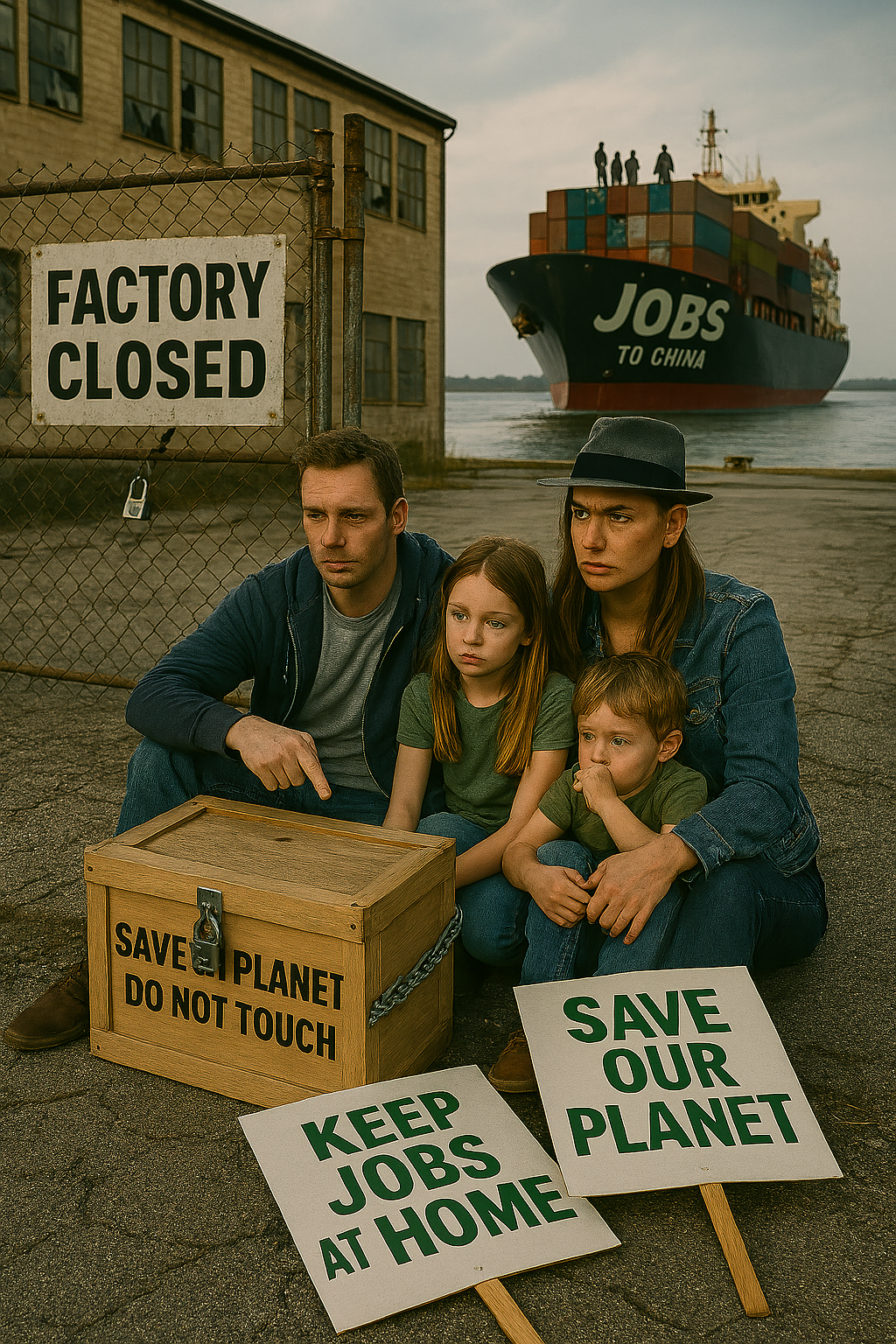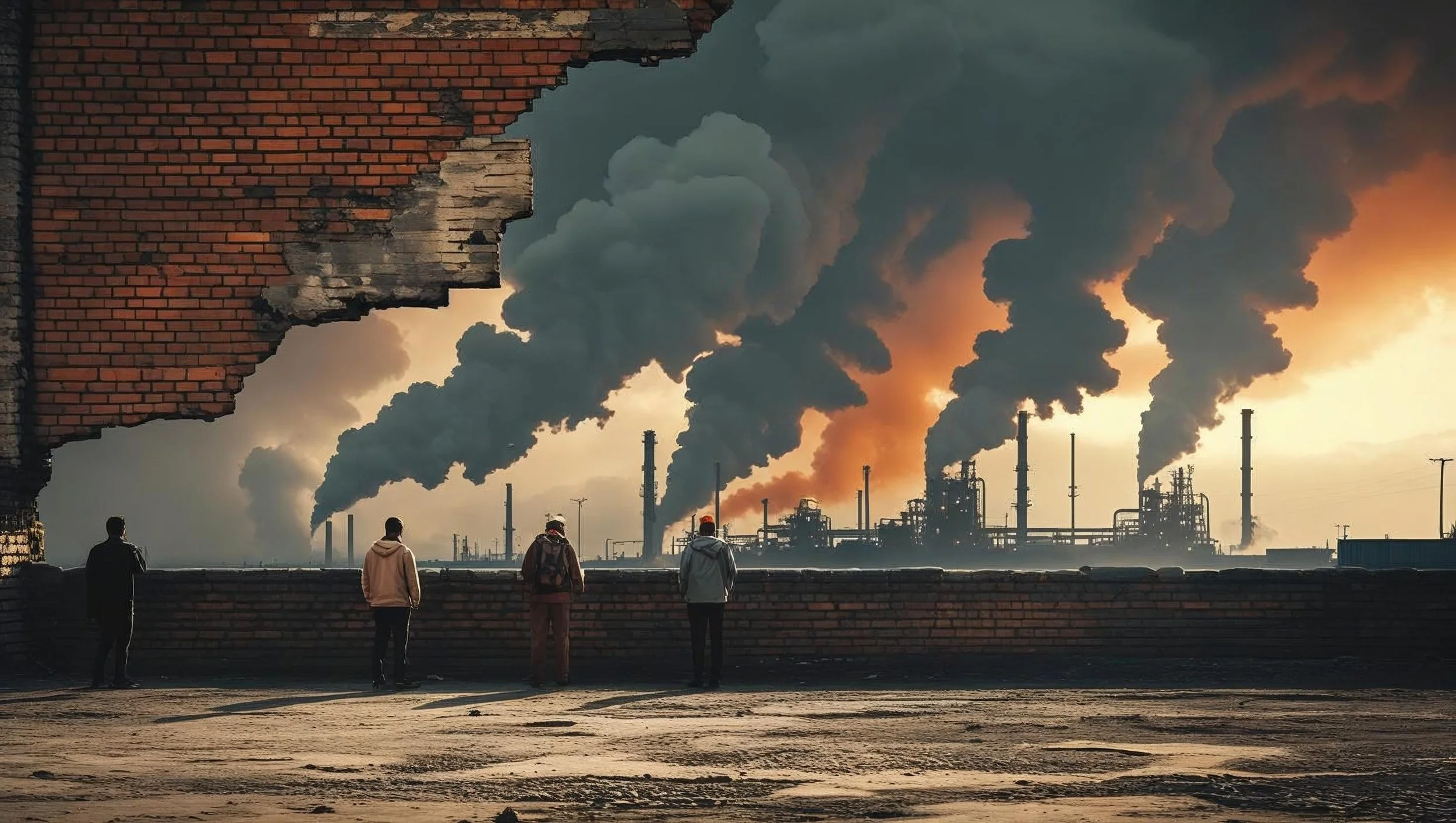1970–72: The Regulatory Mirage… EPA for You, China for Them
On December 2, 1970, Richard Nixon signed the law creating the Environmental Protection Agency (EPA). A year later came the Occupational Safety and Health Administration (OSHA). To the public, it was progress: cleaner rivers, safer workplaces, a future free of unchecked industrial pollution.
But the reality was far darker. EPA and OSHA didn’t end petrochemical dominance… they globalized it.
Act I: The Public Story
EPA (1970): Tasked with regulating emissions, cleaning rivers, and banning toxins like DDT (EPA History).
OSHA (1971): Designed to protect American workers from unsafe industrial conditions.
Nixon’s Narrative: Industry would finally be held accountable. America would have prosperity and protection.
For a moment, it looked like the U.S. had chosen life over profits.EPA’s new rules meant no more unchecked smokestacks. OSHA’s mandates meant new costs for worker safety. The public was told:
Industry would be forced to innovate.
Pollution would finally be contained.
Workers would no longer risk their lives in toxic plants.
What no one told the public was that industry had found a loophole big enough to sail an oil tanker through: if you couldn’t dump here, you could dump somewhere else.
Act II: The Corporate Response
Corporations saw something else: a chance to slash costs by moving abroad. If factories couldn’t dump waste or run unsafe plants in the U.S., they would simply set up shop where the rules didn’t exist.
And developing countries rolled out the red carpet:
Duty-free import of equipment (including U.S. petrochemical machinery).
Low-interest loans and tax holidays for new plants.
State-financed research centers to accelerate petrochemical growth.
So American companies didn’t just close plants. They boxed up the equipment, loaded it onto ships, and sent it to China, India, Mexico, and Taiwan.
That’s why by 1980, developing countries had already built 9% of the petrochemical capacity of developed nations — and by 1990, that doubled to 22%. For methanol, it was 43%.
👉 We didn’t “clean up.” We outsourced.
👉 Translation: American companies boxed up their toxic operations, shipped the machines overseas, and restarted the same dirty production in China, India, Mexico, and beyond.
Act III: The Trap for Alternatives
At the very same time:
Hemp was locked into Schedule I (1970) and swept into the Toxic Substances Control Act (1971). A crop became a “toxin.”
Bamboo had already been defunded by USDA in 1962, with no research base left.
Farmers couldn’t grow the fibers that could have replaced plastic, timber, and cotton.
So while we shipped petrochemical machines overseas, we handcuffed the natural replacements at home.
Act IV: The Mirage
Politicians got the credit.
Nixon on TV: “Clean air, clean water, safe workplaces.”
The public saw blue skies return, rivers recover, and thought victory was won.
Corporations got the profits.
Labor costs plummeted abroad.
Pollution limits disappeared in foreign ports.
Products came back cheaper than ever.
Consumers got the illusion.
Shelves filled with plastic and polyester imports.
The petrochemical system scaled bigger than ever — just hidden offshore.
The American worker got unemployment.
The protest forces not forced to find jobs and bow out of the battles.
Nothing got better, the masses were disarmed.
The “Oh Shit” Moment
Here’s the truth no one said out loud:
EPA didn’t end petrochemical pollution. It exported it.
OSHA didn’t make work safer. It made unsafe work invisible, relocated abroad.
America’s “green turn” was really a trade scheme that globalized petrochemical dominance.
Your rivers got cleaner because someone else’s were poisoned.
Your skies cleared because someone else’s turned gray.
Your jobs vanished while Walmart’s shelves filled with imports.
👉 EPA for you. China for them.
Read the full story in the book.
Evolution Mine: The Industrial Evolution—the blueprint for breaking the petrochemical playbook and building a regenerative economy.
👉 Buy on Amazon






